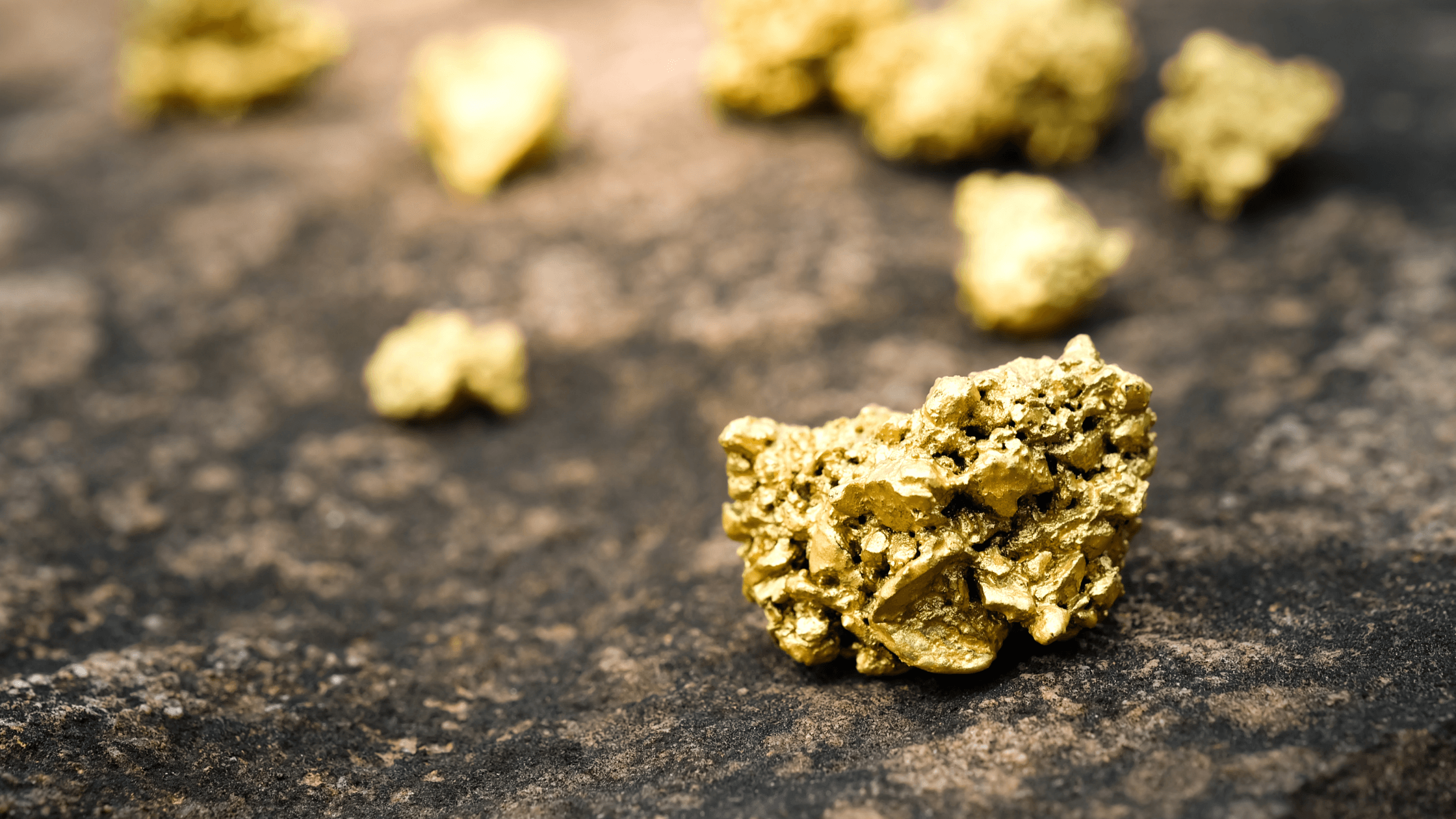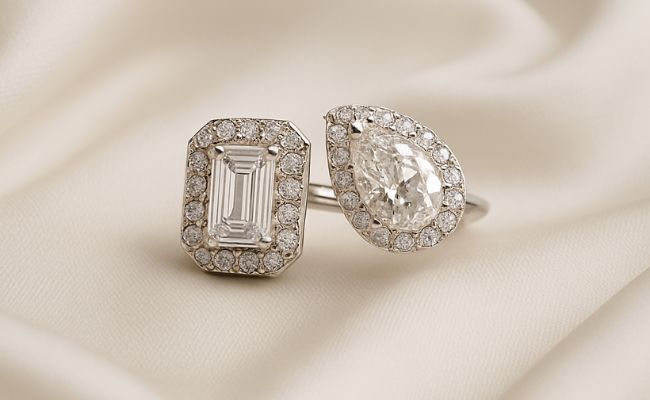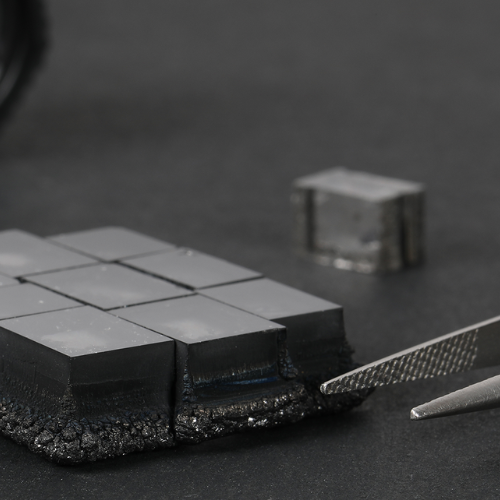Article: All about Gold: Origin, Properties, Characteristics and Trade of Gold

All about Gold: Origin, Properties, Characteristics and Trade of Gold
Today we will tell you about this precious yellow metal so coveted by human beings, which also hides a more incredible origin than you think and which has more applications than you think.
The space origin of gold
The origin of many of the most valuable elements in the periodic table, such as gold, silver and platinum, has long been a mystery because these heavy elements did not exist in the early life of the universe. So where does the gold come from?

Recently, a team of scientists from the Massachusetts Institute of Technology (MIT) believes they have found the explanation for such an ancient enigma. Because a large amount of energy is essential to create these heavy elements, scientists have discovered what perhaps offers us the answer: an ancient dwarf galaxy called Reticulum II that is located 98,000 light years away (in orbit of our planet). galaxy) and which contains stars with a truly colossal amount of, among others, gold, silver and platinum.
So the gold that we currently have on Earth would come from said galaxy, more specifically from the meteorites resulting from the explosion of that galaxy that impacted our planet 200 million years after its formation.
This is confirmed by a new scientific study, published in the journal Nature .
Gold and the world economy
Gold is one of the best valued metals in the world historically and in addition to its multiple industrial applications, it has been used for decades as an economic standard in world economies and today it is widely used as an investment and refuge vehicle throughout the world.

The money-gold equivalence has been the basis of the international financial system and its guarantee, which was established since the 19th century as a monetary system backed by gold. That is, the value of each monetary unit was set in terms of a specific amount of gold. With this system, the currency issuer guaranteed that the notes and coins issued were backed by gold. If central banks back their currency in gold and silver, this system is called a bimetallic standard.
But due to the liquidity needs created by World War I, some of the countries participating in the war printed more money to finance the war effort without the backing of precious metal, known as fiat money, or fiat money (based on trust or faith in a promise to pay, but without precious metal backing). Consequently, this money-gold system was abandoned, however, the reserves of many countries continue to rely on the accumulation of gold in their central banks.
gold trade
Gold trading in the markets is carried out through quotes on the different stock exchanges, but it is common to use references based on the London Bullion Market Association (LBMA), whose information can be consulted in real time.
However, this valuation of gold is not limited to the conversion of ounces for dollars and euros that it achieves daily, but is also based on the properties and characteristics of this metal.
Gold production
Although gold mining is a global business, the average amount produced each year is very small compared to the tons of primary metals extracted annually. Production has experienced a rise to record levels, if we ignore this year 2020 and part of 2021, due to the consequences of the global Covid-19 pandemic. The largest producer in the world is China, with about 15% of total production in 2014, with 20% from Africa and 14% from Russia and its neighbors. China has become one of the world's largest gold importers thanks to its strong demand.
Properties of gold
One of its best-known properties is that gold is the most malleable and ductile metal that exists on the entire planet.
It is possible to transform it into all types of pieces, from threads to sheets, with a stretching capacity or thickness completely adaptable to our needs.

Furthermore, gold is an inactive metal. Practically nothing affects him. It is not altered by air, heat or humidity. In fact, it is difficult to dissolve.
The properties of gold include high corrosion resistance, high reflectivity, as well as high conductivity of heat and electricity.
Characteristics of gold
The gold as it is extracted from the mine is made up of 24 parts or carats and once refined and melted it is minted to verify its purity and is marketed in various forms, coins, ingots, threads, sheets or granules depending on the utility for which it is designed, presented in the form of ingots ranging from 1 gram to 5 kilos (the latter are the ones we see in the movies when a bank is robbed).
24 carat gold or 999 thousandths is the purest gold that exists and also the most valued of all. Said gold is alloyed with other metals to change its characteristics, for example, silver and copper are used to obtain 18-karat gold or sterling gold, which is more appropriate due to color, hardness and price for the manufacture of jewelry pieces.

Gold can be mixed with countless metals, such as silver and copper, as well as with manganese, palladium, aluminum, gallium or indium. With them it forms different shades of color, to obtain white gold, pink gold, red gold, green gold, blue gold, gray gold, purple gold and black gold.
Approximately 7% of the metal is sold in jewelry. But it is not the only sector that takes advantage of it. Many technological and electronic devices include gold, due to its electrically conductive capacity.
Applications of gold
There are four major areas of demand for gold: jewelry, technology, investment and central banks. Jewelry is a classic claim to wear gold, especially in India and China where gold jewelry is valued over others. The technological demand for gold continues to increase thanks to the use of gold as a conductor of electricity. Each computer chip requires gold, assuming a small but stable demand.
We are interested in highlighting that the characteristics and properties of gold have also been investigated in relation to cosmetics and health. Gold in cosmetics is beginning to spread, although the study of this metal and its influence on the human body has always been present. Gold can be applied to treated skin, it can help fight facial aging. Regarding its use in health, currently, gold thiolates can be used as anti-inflammatories, in the treatment of rheumatoid arthritis and other similar diseases. A therapeutic application called orotherapy or chrysotherapy has also been developed , which proposes the use of gold compounds to treat various diseases.
More respectful alternatives about the origin of gold
There are several alternatives as a result of the efforts of companies to use gold that is more respectful of the environment and communities in the extraction sites. Among the many existing options we can highlight the following:
It is an initiative that evaluates the entire supply chain, addressing key issues such as human rights, labor rights, environmental impacts and product disclosure that provides a common standard for responsible business practices, is based on international standards and the 17 UN sustainable development goals, to which it contributes. It applies to the supply chain, requires validation by an audit accredited by RJC, is designed to improve ethical, social, human rights and environmental conditions and also refers to management systems.
It is a seal created in 2004 by the Alliance for Responsible Mining (ARM), an assurance seal that certifies gold and associated precious metals from artisanal and small-scale mining organizations that develop ethical practices.
Fairmined's objective is to guarantee more environmentally friendly practices, better working conditions for miners, and contribute to the development of mining communities.
It also aims to provide the market with certified gold from an ethical origin, in a fair trade logic. All actors who buy certified gold support the transformation of the artisanal and small-scale mining sector.
- recycled gold
As we have explained previously, gold is an inactive metal that is rarely affected by other elements and this capacity allows its infinite use through refining processes, where other elements that it may contain are extracted to obtain 24 karat gold or pure gold. new.
On the market daily there are tons of gold that are refined (recycled) through industrial processes and these processes require minimal energy costs compared to mining extractions.

How we do it at MIMOKE
At Mimoke we are very aware of the production of our jewelry, as an ethical jewelry brand that we are, and that is why we limit ourselves exclusively to the use of refined or recycled gold in the manufacture of our fine jewelry pieces, this origin of the gold used It implies a local supply, with the consequent reduction of the carbon footprint in the transportation of the metal, as has already been mentioned before through the refinement of gold that limits the use of energy and therefore the impact of the manufacturing of our jewelry in nature.
Article written by Sergio E. Murcia
CEO and Founder of Mimoke



